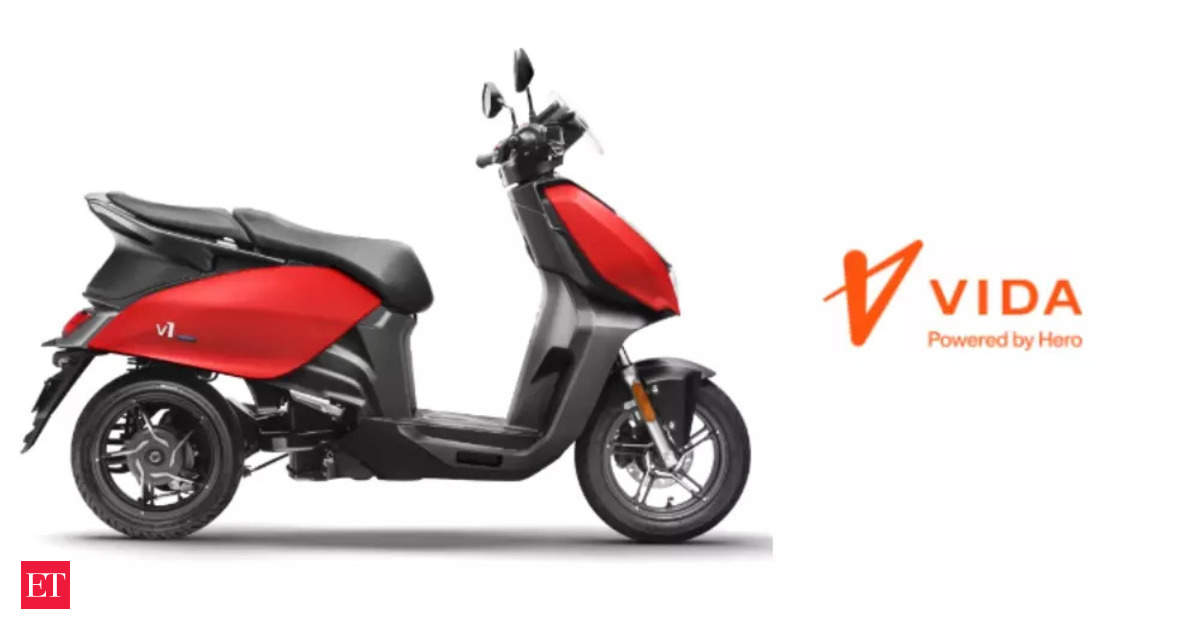India’s Electric Two-Wheeler Global Market Potential
Jaipur: India should look at how it can sell electric two-wheelers to the world, even as it develops a market for battery electric vehicles locally, Niranjan Gupta, chief financial officer of Hero MotoCorp, the country’s largest two-wheeler maker, said on Tuesday.
Hero MotoCorp’s Plan for Electric Two-Wheelers
The company will introduce three electric two-wheelers in the mass market in FY25 to strengthen its portfolio, Gupta said on the sidelines of an event to unveil ‘Hero Mavrick’, the first Hero-badged premium motorcycle that has been developed with American motorcycle maker Harley Davidson.
Target Markets for Hero’s Upcoming Electric Scooters
Gupta said one of the upcoming electric scooters will target customers in the B2B segment, while the other two will be positioned in the mid and entry segments for buyers in the mass market.
Pricing Strategy for New Electric Scooters
“Over the next 12 months, we will launch a mid-price scooter and an economically priced scooter. So the Vida range will be aspirational, accessible and affordable,” he said.
Electric Two-Wheelers Sales in India and Hero’s Position
Sales of electric two-wheelers in India increased by 36% to 859,000 units in CY2023. Hero, a market leader in the petrol segment, trails Ola Electric, TVS Motor Company and Bajaj Auto in sales in the electric vehicle (EV) market.
Hero’s Approach to Competition and Innovation
However, Gupta is not worried about competition. He said that while Hero MotoCorp is putting in place building blocks by enhancing the range of products, upgrading its stores to sell electric two-wheelers and premium motorcycles, and forging a tie-up with Ather Energy to establish a widespread charging infrastructure, more competition will only help foster innovation.
The Long-Term View of EV Market Competition
“In a marathon, seldom you will see that the winner of the marathon is ahead in the first 100m,” Gupta said. “So honestly, EV is that race where we will do things right. So if you look at the entire story of the portfolio we are building, the stores, the charging infrastructure, I would say that the game in EV has just started.”
The Positive Impact of Competition on EV Innovation
He said the more the number of players, more the competition and more the innovation, which will happen in space. “And it’s good for the country as well. We should not look at just selling (EVs) in India. We should look at how India can sell EVs to the world,” Gupta said.
Hero’s Global Presence and Export Plans
Hero has a presence in 47 countries. It exports its range of petrol-powered motorcycles and scooters out of its India plants. Plans are to commence exports of Vida soon.
Strategy for Global Expansion and Market Prioritization
Gupta said that while geopolitical issues will exist, efforts are on to build scale rapidly in the top-10 markets, including Nigeria, Mexico and Bangladesh.
Predictions for Consolidation in the Indian EV Segment
Gupta said he sees consolidation taking place in the Indian electric vehicle segment. “Overall, EV is just 15% of the two-wheeler market right now. Within that you have multiple players. (There will be) Players who will have to consolidate and fold up,” he said. “(In) the next three years (we) will see a churn in this segment, because obviously subsidies also cannot continue forever.”
Enhancing Production Capacity for Premium Motorcycles
Separately, Gupta said the company is working on enhancing production capacity for its premium motorcycles developed on the 440 cc platform, which it has co-developed with Harley Davidson.
Ramping Up Production and Sales Plans
According to Gupta, Hero MotoCorp will ramp up production of these bikes to 10,000 units per month by March, from 6,000 units in January. The company will open bookings for the Mavrick in February, deliveries for which will start in April.
Market Potential for the Roadster Segment
“The market for roadsters is 800,000 units, and is growing,” Gupta said. “It should touch a million units in the next couple of years. The potential (in the segment) is huge.”

